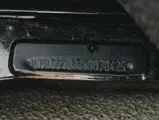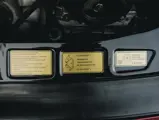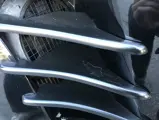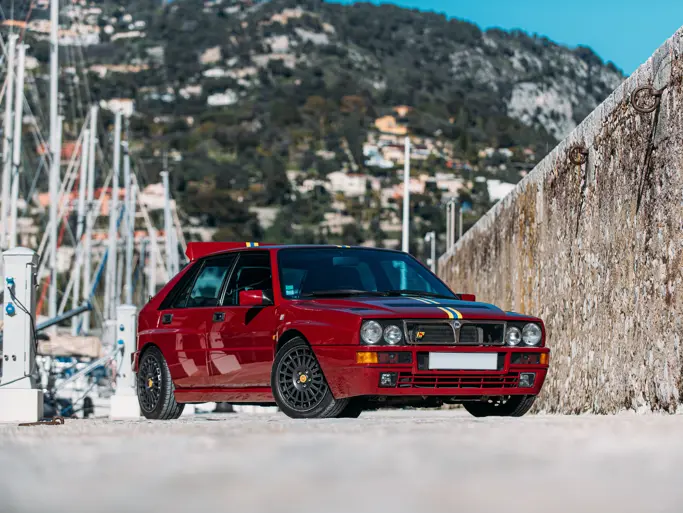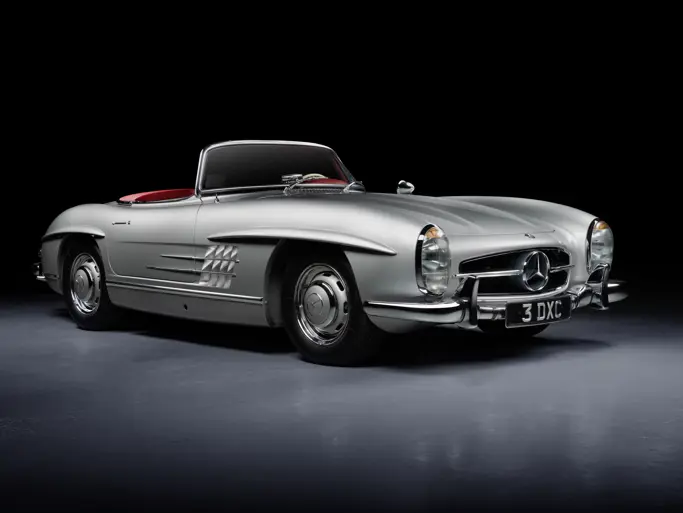Open Roads, October 2021
1989 Porsche 911 Turbo 'Flat-Nose' Cabriolet
{{lr.item.text}}
€203,500 EUR | Sold
 | Karlskron, Germany
| Karlskron, Germany
{{internetCurrentBid}}
{{internetTimeLeft}}

- Desirable “flat nose” model of the iconic Type 930
- Documented with Certificate of Authenticity issued by Porsche Cars North America
- Almost €15,000 accrued in workshop invoices from 2017 to 2021
Such was the popularity of the Porsche 935 — the German marque’s factory racing version of the Type 930 prepared to FIA Group 5 specification — a demand emerged for a road-going iteration of the car that emphasised the extremities of the 911 platform. The call for the road car was led by Mansour Ojjeh, a race sponsor at the time, who was told that while the 935 could not be legally adapted to drive on public roads, the company’s “Sonderwunsch”—or “Special Wishes”—division, also known as “Porsche Exclusive”, would work on a unique road car that looked like the racer. As a result, the “flat nose” or “slant nose” came to being, coded M505 and prominently featuring a slanted front end with pop-up headlights. It was built with a turbocharged engine using the platform of the 930, the 911 of its generation. It is believed that the “flat nose” option added another 50 per cent to the list price of the car when new, depending on the options selected.
This example is documented by its accompanying Certificate of Authority, issued by Porsche Cars North America, to have been completed by the factory on 2 October 1989. Finished in black over a black leather interior with a power-operated black soft top, the car came optioned from the factory with lumbar support on the front seats, a shorter gear shift lever and black velour carpeting in the front luggage compartment. Delivering power to its five-speed manual “G50” gearbox is a 3.3-litre flat-six engine, fitted with a turbo to maximise power output. This car is one of the final 911s made of the Type 930 generation before the 964-era cars entered production, and it is thought that this is one of only 25 cabriolet models manufactured in 1989 that feature the “G50” gearbox.
It is understood that this Porsche departed the United States and returned to Europe in 2006, where it was part of a private collection for more than 10 years, until the incumbent owner bought the car. From 2017 to 2021, the car received around €15,000-worth of recommissioning work at Sportwagen Ellerbeck GmbH in Munich area. The work included a major service, an overhaul of the turbo mechanism, restoration of the Fuchs wheels, new tyres and repairs to the cabriolet soft-top hood and its mechanism, which alone exceeded €3,000. The clutch master cylinder and clutch slave cylinder have been renewed and a battery main switch was installed. In 2020, the speedometer was replaced to European specification, so to show kilometres per hour. At the point of removal, the original tachometer was showing 22,204 miles. The new Euro-spec unit was wound on to reflect the equivalent distance and shows just under 36,250 kilometres at the time of cataloguing.


































